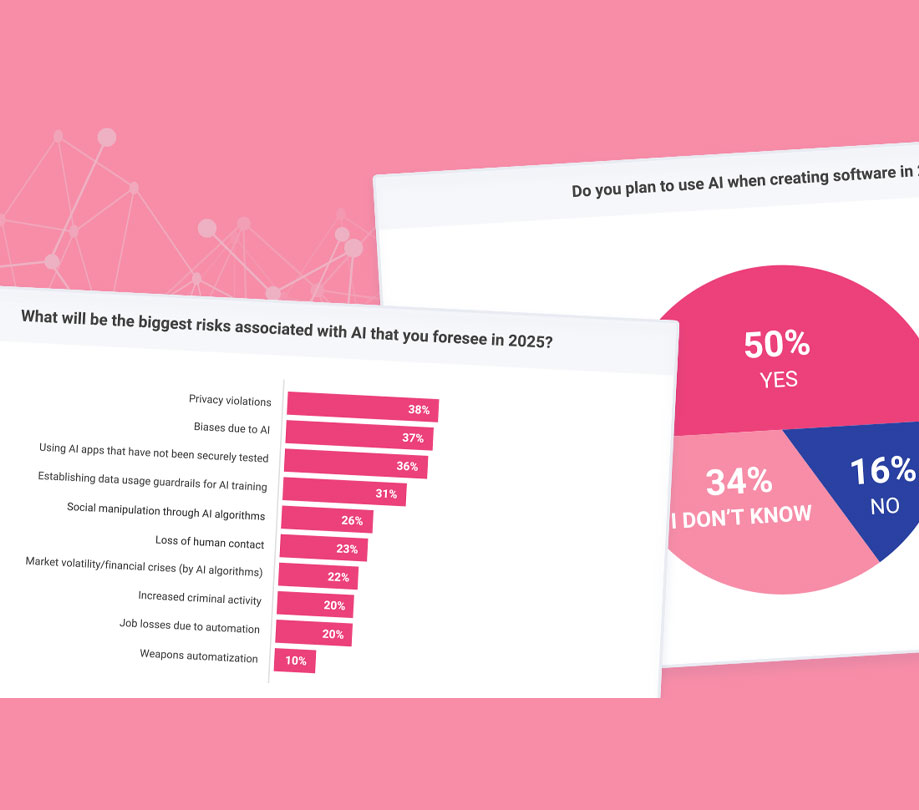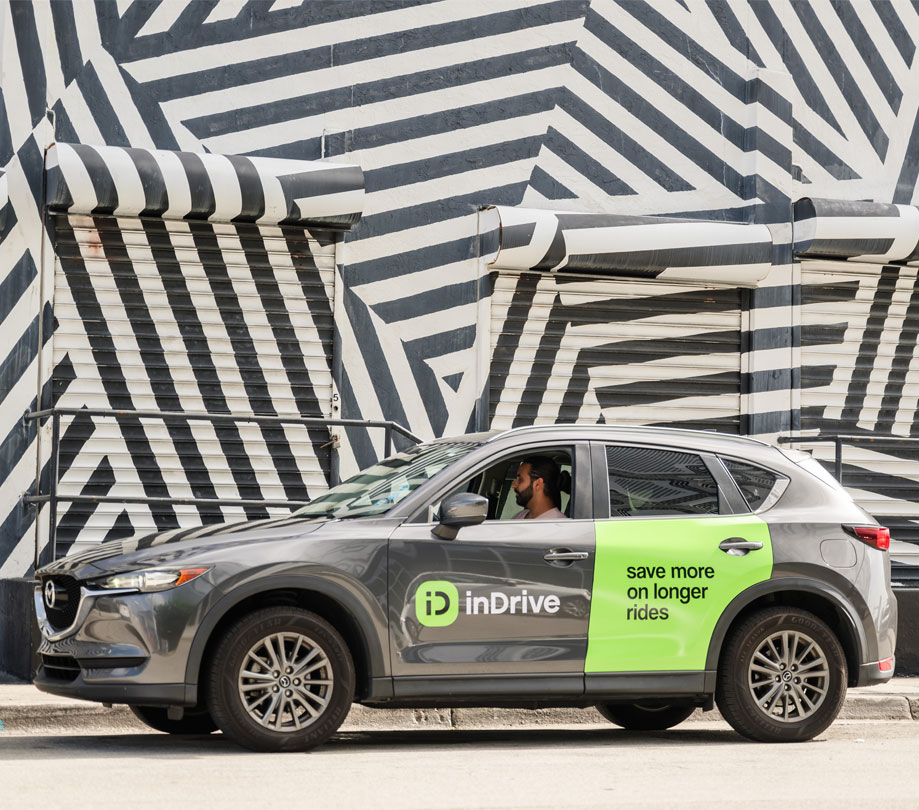iOS
Is this the age of the singlepurpose App
Monday, December 11, 2017

|
Ronnie Rios |

As the mobile market expands, is it better to be the jack of all trades or the master of one single app - thoughts on mastering your niche.
Any time there is more than one way to do something, there will be debate about which way is best. The topic of building apps for mobile platforms has been subject to such discussions for years now. Systems architects, industry experts, developers and others have verbally tussled over whether it makes more sense to build multiple single-purpose apps or one multi-purpose app.
This discussion laid low, behind the scenes, for about a decade. However, a few years ago, the “app unbundling” concept came into the spotlight, raising the volume on the debate. Let’s look at what each approach involves and what each offers.
This is not merely a question of semantics. A multi-purpose app, as the name belies, is one app that has multiple purposes. In contrast, single-purpose apps are specifically designed to accomplish one thing.
But here is where we need to define our terms further. Feature and purpose are not the same thing. Features are characteristics that describe what the software does and/or how it does it. Purpose defines what the user wants to achieve or accomplish, not how or which way they want to accomplish it. Single-purpose does not mean single-feature. A single-feature app does one thing; a single-purpose app is for one thing.
In 2013 and 2014, a sweeping “app unbundling” trend arose. Companies all over started breaking apart the individual features or functionality of their apps and offering those as entirely separate ones.
Foursquare split itself into two with Swarm and the new Foursquare. Facebook split off Messenger, and built or bought narrowly-focused apps like Paper, Slingshot, WhatsApp and Instagram. Twitter, Dropbox, Evernote and Google Docs also executed similar strategies.
Another shift occurred in 2015 and 2016 - in the opposite direction. Organizations began re-bundling the functionality of their apps to once more create multi-purpose apps. Today, we see a mix of both in the market. So, what is the best approach for custom app developers?
Single or Multiple? Each has its advantages:
Build one monolithic app: a one-stop shop that has everything the user needs in one place.
- Single environment: Users don’t have to go elsewhere; everything they need is in one place.
- Aggregate data: By keeping all the data together, the danger of producing data silos is minimized.
- Unified experience: Multiple modules work together, which can share data and resources.
Build a selection of single-purpose apps, each intended to accomplish one thing.
- Bring features back to the surface: most users forget about features hidden deep within tabs. By unbundling, you can re-surface features that were once buried, lost or forgotten.
- Today’s GUI makes finding the right app easy: The home screen of smartphone operating systems makes it easy to scan multiple applications to select from.
- Ready for rapid iteration: Small, narrowly-focused apps can usually be developed and maintained in shorter release cycles.
In a market that expects instant gratification, that last point is a big plus. Research from Gartner reveals that more than 50 percent of businesses need monthly or weekly app releases. Of those, about a third said IT was not releasing apps fast enough.
An easy-to-understand, uncluttered interface that allows users to engage and solve problems quickly is the general preference today. This is usually easier to accomplish with single-purpose apps. However, too many apps can create app saturation and excessive jumping between them. This is aggravated if the apps don’t work well together and produce data silos.
So, what to do? Well, one tactic might be to approach all incoming mobile development projects as single-purpose apps, especially if they’re focused on a core activity. Then bundle together low-frequency functions by either subject (e.g. HR vs. finance), engagement timeline (e.g. purchasing ticket vs. in-flight amenities vs. satisfaction survey) or user role (e.g. customer vs. vendor). Then consider splitting off into their own apps functionalities that prove to have significantly higher use rates than others.
Ultimately, the app experience should reflect what the user feels they need. Mobile app efforts almost always fail when they don’t take into account what the user wants. This means that there is no simple answer.
In our customizable world, where there are so many options and methods available, there is no one right answer to the question, “Which app approach is best?” It is simply a matter of what works best for the user. Invest time up front with intended users to clearly understand your use case. Their invaluable input and a custom app platform will give you the tools you need to design, test and redesign the app - be it single-purpose or multi - of your users’ dreams.
This content is made possible by a guest author, or sponsor; it is not written by and does not necessarily reflect the views of App Developer Magazine's editorial staff.
This discussion laid low, behind the scenes, for about a decade. However, a few years ago, the “app unbundling” concept came into the spotlight, raising the volume on the debate. Let’s look at what each approach involves and what each offers.
Features versus purpose
This is not merely a question of semantics. A multi-purpose app, as the name belies, is one app that has multiple purposes. In contrast, single-purpose apps are specifically designed to accomplish one thing.
But here is where we need to define our terms further. Feature and purpose are not the same thing. Features are characteristics that describe what the software does and/or how it does it. Purpose defines what the user wants to achieve or accomplish, not how or which way they want to accomplish it. Single-purpose does not mean single-feature. A single-feature app does one thing; a single-purpose app is for one thing.
Unbundling and re-bundling
In 2013 and 2014, a sweeping “app unbundling” trend arose. Companies all over started breaking apart the individual features or functionality of their apps and offering those as entirely separate ones.
Foursquare split itself into two with Swarm and the new Foursquare. Facebook split off Messenger, and built or bought narrowly-focused apps like Paper, Slingshot, WhatsApp and Instagram. Twitter, Dropbox, Evernote and Google Docs also executed similar strategies.
Another shift occurred in 2015 and 2016 - in the opposite direction. Organizations began re-bundling the functionality of their apps to once more create multi-purpose apps. Today, we see a mix of both in the market. So, what is the best approach for custom app developers?
Single or Multiple? Each has its advantages:
Build one monolithic app: a one-stop shop that has everything the user needs in one place.
- Single environment: Users don’t have to go elsewhere; everything they need is in one place.
- Aggregate data: By keeping all the data together, the danger of producing data silos is minimized.
- Unified experience: Multiple modules work together, which can share data and resources.
Build a selection of single-purpose apps, each intended to accomplish one thing.
- Bring features back to the surface: most users forget about features hidden deep within tabs. By unbundling, you can re-surface features that were once buried, lost or forgotten.
- Today’s GUI makes finding the right app easy: The home screen of smartphone operating systems makes it easy to scan multiple applications to select from.
- Ready for rapid iteration: Small, narrowly-focused apps can usually be developed and maintained in shorter release cycles.
In a market that expects instant gratification, that last point is a big plus. Research from Gartner reveals that more than 50 percent of businesses need monthly or weekly app releases. Of those, about a third said IT was not releasing apps fast enough.
Consider the function
An easy-to-understand, uncluttered interface that allows users to engage and solve problems quickly is the general preference today. This is usually easier to accomplish with single-purpose apps. However, too many apps can create app saturation and excessive jumping between them. This is aggravated if the apps don’t work well together and produce data silos.
So, what to do? Well, one tactic might be to approach all incoming mobile development projects as single-purpose apps, especially if they’re focused on a core activity. Then bundle together low-frequency functions by either subject (e.g. HR vs. finance), engagement timeline (e.g. purchasing ticket vs. in-flight amenities vs. satisfaction survey) or user role (e.g. customer vs. vendor). Then consider splitting off into their own apps functionalities that prove to have significantly higher use rates than others.
Decisions, decisions
Ultimately, the app experience should reflect what the user feels they need. Mobile app efforts almost always fail when they don’t take into account what the user wants. This means that there is no simple answer.
In our customizable world, where there are so many options and methods available, there is no one right answer to the question, “Which app approach is best?” It is simply a matter of what works best for the user. Invest time up front with intended users to clearly understand your use case. Their invaluable input and a custom app platform will give you the tools you need to design, test and redesign the app - be it single-purpose or multi - of your users’ dreams.
This content is made possible by a guest author, or sponsor; it is not written by and does not necessarily reflect the views of App Developer Magazine's editorial staff.

Become a subscriber of App Developer Magazine for just $5.99 a month and take advantage of all these perks.
MEMBERS GET ACCESS TO
- - Exclusive content from leaders in the industry
- - Q&A articles from industry leaders
- - Tips and tricks from the most successful developers weekly
- - Monthly issues, including all 90+ back-issues since 2012
- - Event discounts and early-bird signups
- - Gain insight from top achievers in the app store
- - Learn what tools to use, what SDK's to use, and more
Subscribe here












Comments